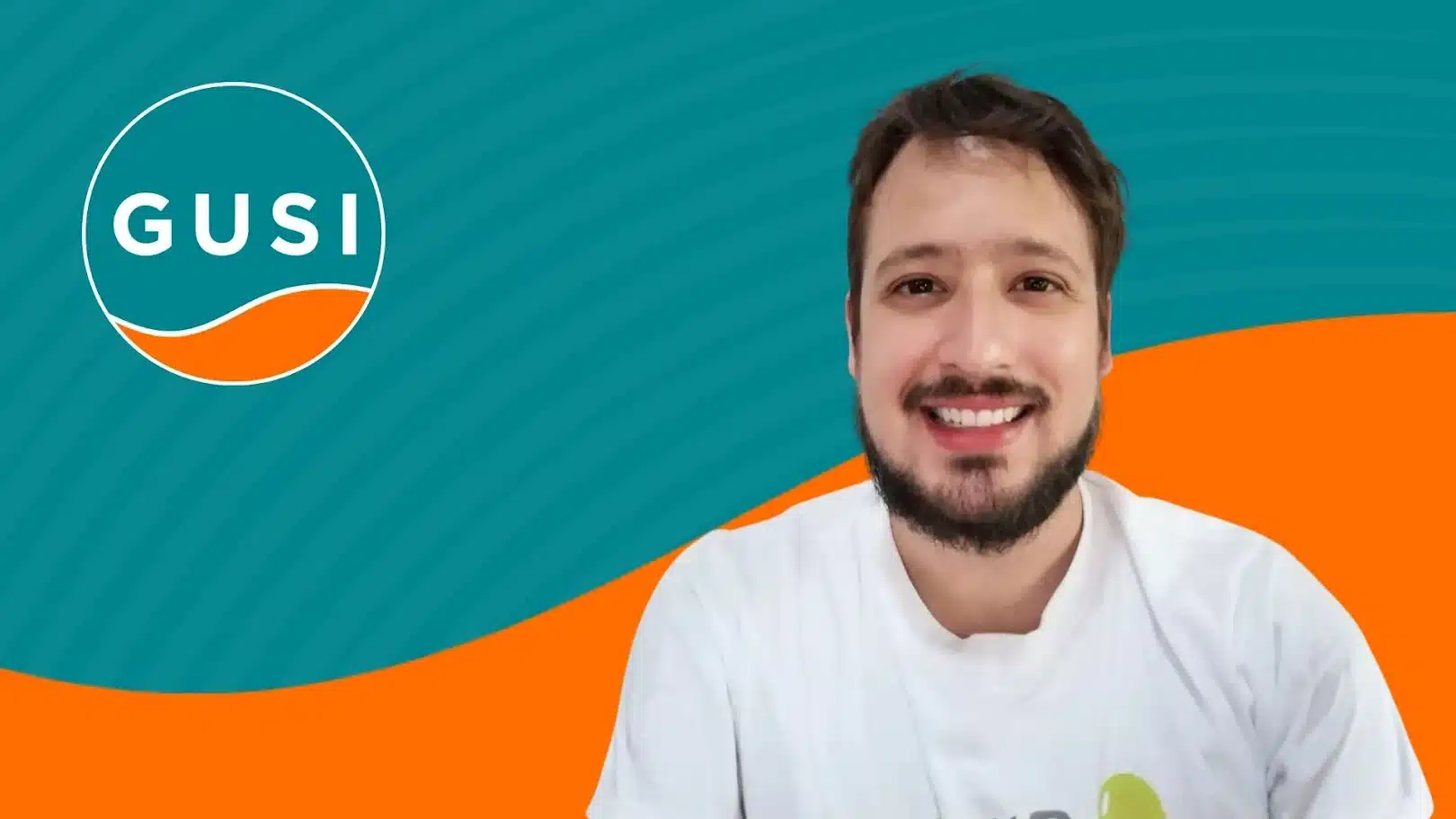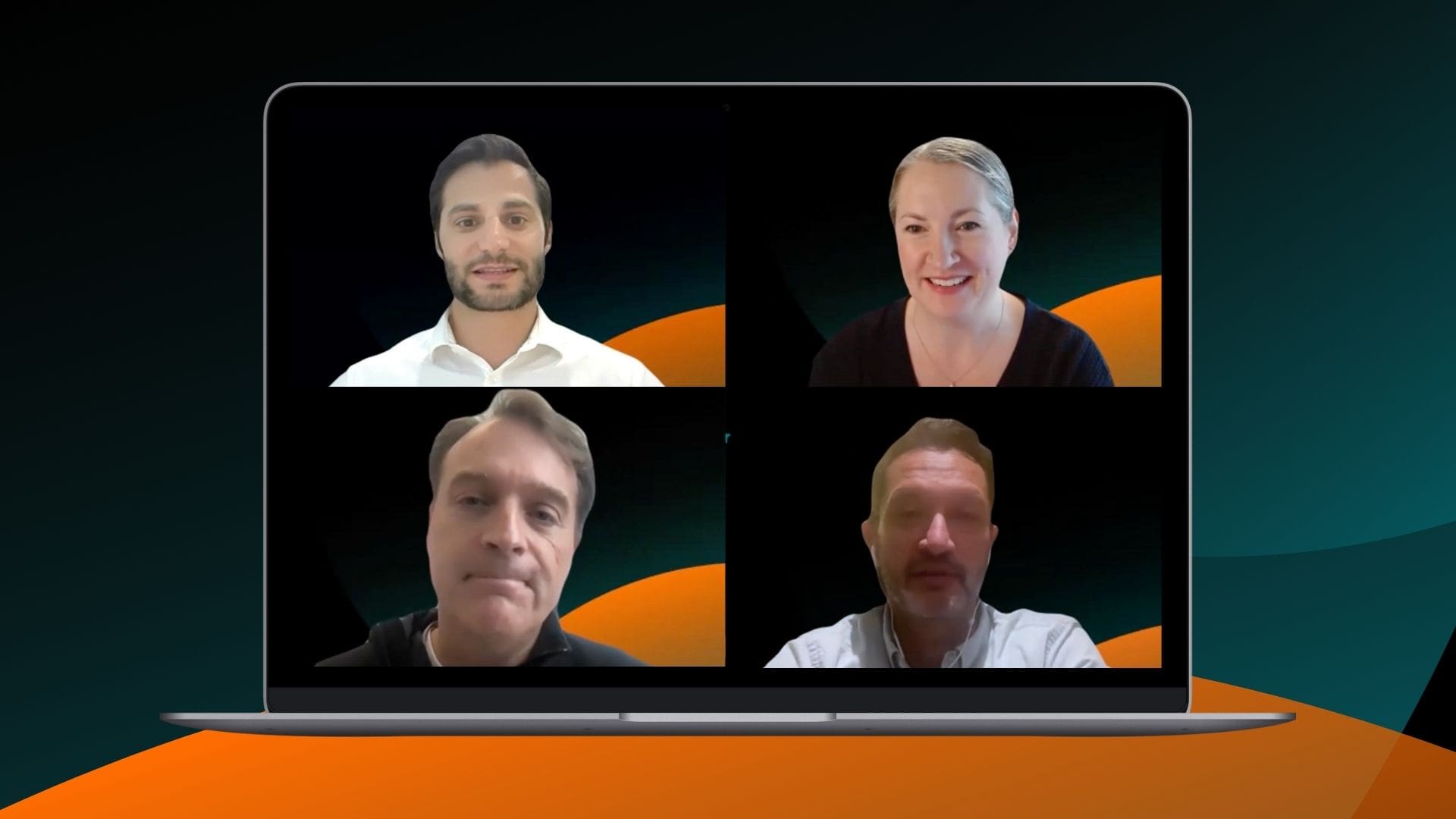“I don’t know how to be a doctor without using POCUS.”
That’s how Dr. Vargas, a physician trained in Tropical Medicine and Hygiene and GUSI instructor, described his relationship with point-of-care ultrasound (POCUS). For the past six years, he has been working in Chiapas, Mexico, a resource-limited region where access to advanced imaging like CT, MRI or even X-ray is often impossible. In these settings, POCUS is not just a diagnostic tool, it’s a lifeline.
From Medical School to the Highlands of Chiapas
His journey with POCUS began fresh out of medical school while working in the highlands of Chiapas, Mexico. “I was exposed to many tropical diseases: tuberculosis, dengue, fungal infections, among many others. These are conditions you don’t often see in high-resource settings, but they’re common where health systems have left patients neglected.” With only rapid diagnostic tests available, he picked up an ultrasound probe and quickly realized its transformative potential.
A Life-Saving Diagnosis: When POCUS Makes the Difference
One of his earliest cases involved a patient living with HIV who had recently been hospitalized for COVID-19. Two weeks after discharge the patient returned to his care with fever, cough, and now palpitations. A quick bedside cardiac ultrasound revealed a pericardial effusion which prompted immediate investigation with a bedside FASH exam (Focused Assessment with Sonography for HIV/TB) ultimately revealing para-aortic lymphadenopathy, a sign of extra-pulmonary tuberculosis. While confirmatory tuberculosis testing was pending, the ultrasound findings were enough to mobilize the Ministry of Health and expedite the initiation of TB treatment.
In this case, POCUS didn’t just guide the workup, it directly accelerated access to life-saving care. For this patient, ultrasound quite literally made the difference between life and death.
The Global Burden of Tuberculosis
According to the WHO 2023 Global Tuberculosis report, an estimated 10.6 million people fell ill with tuberculosis in 2022, equivalent to 133 incident cases per 100,000 population. Among all incident TB cases, 6.3% were among people living with HIV. TB mortality continues to weigh heaviest in South-East Asia and Sub-Saharan Africa, underscoring how diagnostic delays can carry devastating consequences.
POCUS as an Extension of Daily Practice
POCUS is an “extension of what I do every day,” Dr. Vargas adds. His experience is a testament that alongside a physical exam, a quick bedside scan can improve the daily clinical workflow, provide real-time information, and enable rapid assessment. In Chiapas, most patient concerns cluster around respiratory issues, gastrointestinal problems, or gynecological concerns, similar to those seen in higher resource healthcare systems. The main difference is the availability and use of diagnostic tools. In low-resource settings, POCUS often becomes the first and only imaging option, guiding rapid decision-making and life-saving interventions. If the same patient complaints are universal, then the value of POCUS should be as well. Rather than being viewed as a fallback when advanced imaging is unavailable, POCUS can be embraced in high-resource settings as an equally powerful tool.
While bedside ultrasound does not replace the diagnostic value of CT or MRI scans, “a lot of times you will be able to diagnose and have a different management just by using POCUS.”
Global Adoption and the Future of POCUS
Globally, the bedside innovation of POCUS has shown great value already as South Asia and Sub-Saharan Africa have started to incorporate it into their medical care. Dr. Vargas’ longtime work in under-resourced medicine further reinforces the everyday value of POCUS and infectious diseases. Regions alike where infectious pathologies predominate can similarly adopt this effective and cost-efficient technique, providing patients with faster answers and ultimate life-saving treatment. (Beam et al., 2025)
Integrating POCUS into infectious disease specialty training is vital to improving care in resource-limited settings. This technology doesn’t just support diagnosis, it accelerates treatment and saves lives.
Reference:
Beam M, Abdull Wahab SF, Ramos M. Point-of-Care Ultrasound in Resource-Limited Settings. Med Clin North Am. 2025 Jan;109(1):313-324. doi: 10.1016/j.mcna.2024.06.005. Epub 2024 Aug 1. PMID: 39567101.
 Article contributed by Eileen Perez
Article contributed by Eileen Perez
From Lima to Sacramento: A Medical Student’s Journey
Eileen Perez was born and raised in Lima, Peru until the age of eight when her family immigrated to California. She completed her early education between the Central Valley and the Bay Area before earning a Bachelor’s degree in Biopsychology at UC Davis, where she came to call Sacramento home. During her gap years she traveled throughout Europe, spent much deserved quality time with family and friends, and cultivated her passion for medicine and community engagement. Now a fourth-year medical student at Touro University California, she is excited to begin the residency application cycle as an Internal Medicine candidate.
(She loves exploring new restaurants and cuisines though remains loyal to Peruvian food as her #1. She also loves all water-related activities whether hiking to waterfalls, walking along the beach, paddle boarding, or (someday soon) jet skiing in the ocean)
Discovering the Power of Point-of-Care Ultrasound
I first became interested in ultrasound during our in-lab sessions in my second year of medical school. I was fascinated by the ability to look inside the body in real time, using a tool that was safe, quick, and non-invasive. As a visual and hands-on learner, I still remember the moment I first saw the heart beating on the screen; I was instantly drawn in. Not long after, I was introduced to point-of-care ultrasound (POCUS). To me, it represented more than just a diagnostic tool but a turning point in how we could break down barriers of accessibility and resources, ensuring patients receive timely, high-quality care.



